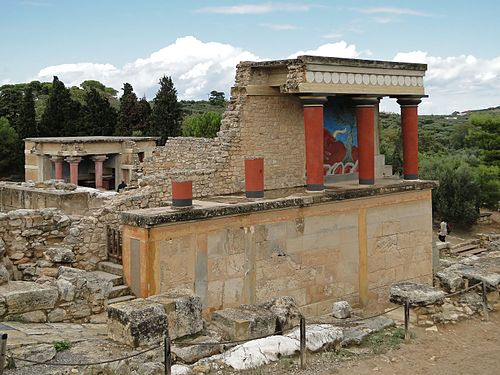Some bright events in the history of archeology
- Roman Shaban

- 27 лют. 2021 р.
- Читати 2 хв


1748 - Excavations of the ancient Roman city of Pompeii, buried under a layer of volcanic ash as a result of the eruption of Vesuvius in 79 AD. e. Open monuments were restored, and finds that did not go to the museum were left in place for public inspection.

1799 - The Rosetta Stone is found by French soldiers during Napoleon's campaign in Egypt. The rosette stone is a stele with three identical texts in different languages carved on it. Since ancient Greek was well known to linguists, the comparison of the three texts served as a starting point for deciphering Egyptian hieroglyphs.

1847 - Austin Henry Layard explores the ruins of Nineveh, once the mighty capital of the Assyrian Empire.

1849 - The Ashurbanipal Library is opened. The largest preserved library of the ancient world and the oldest of all known libraries. The part of the library discovered by archaeologists consists of 25,000-30,000 clay tablets with cuneiform texts. The opening of the library was of great importance for understanding the cultures of Mesopotamia and for deciphering cuneiform.

1871 - Heinrich Schliemann excavates Troy. Troy or Ilion - an ancient fortress city in Asia Minor. The Trojan War is sung in the poem The Iliad, authored by Homer. The ruins of Troy, discovered by Heinrich Schliemann, are now listed as a UNESCO World Heritage Site.

1900 - Discovery in Crete of the ancient Greek Minoan civilization by Sir Arthur Evans.

1922 р. - Говард Картер знаходить гробницю фараона Тутанхамона

1947 - Discovery of the Qumran scrolls. The Qumran Manuscripts, or Dead Sea Scrolls, are the name of manuscripts found in the caves of Qumran, as well as in a number of other caves in the Judean desert. The Qumran texts greatly expanded our knowledge of the Old Testament text; the reliability of ancient translations of the Bible was also confirmed.

1961 - The so-called Plate of Caesarea is found, containing an inscription named Pontius Pilate. This plate became the first archaeological find that confirmed the existence of the biblical Pilate.



Коментарі